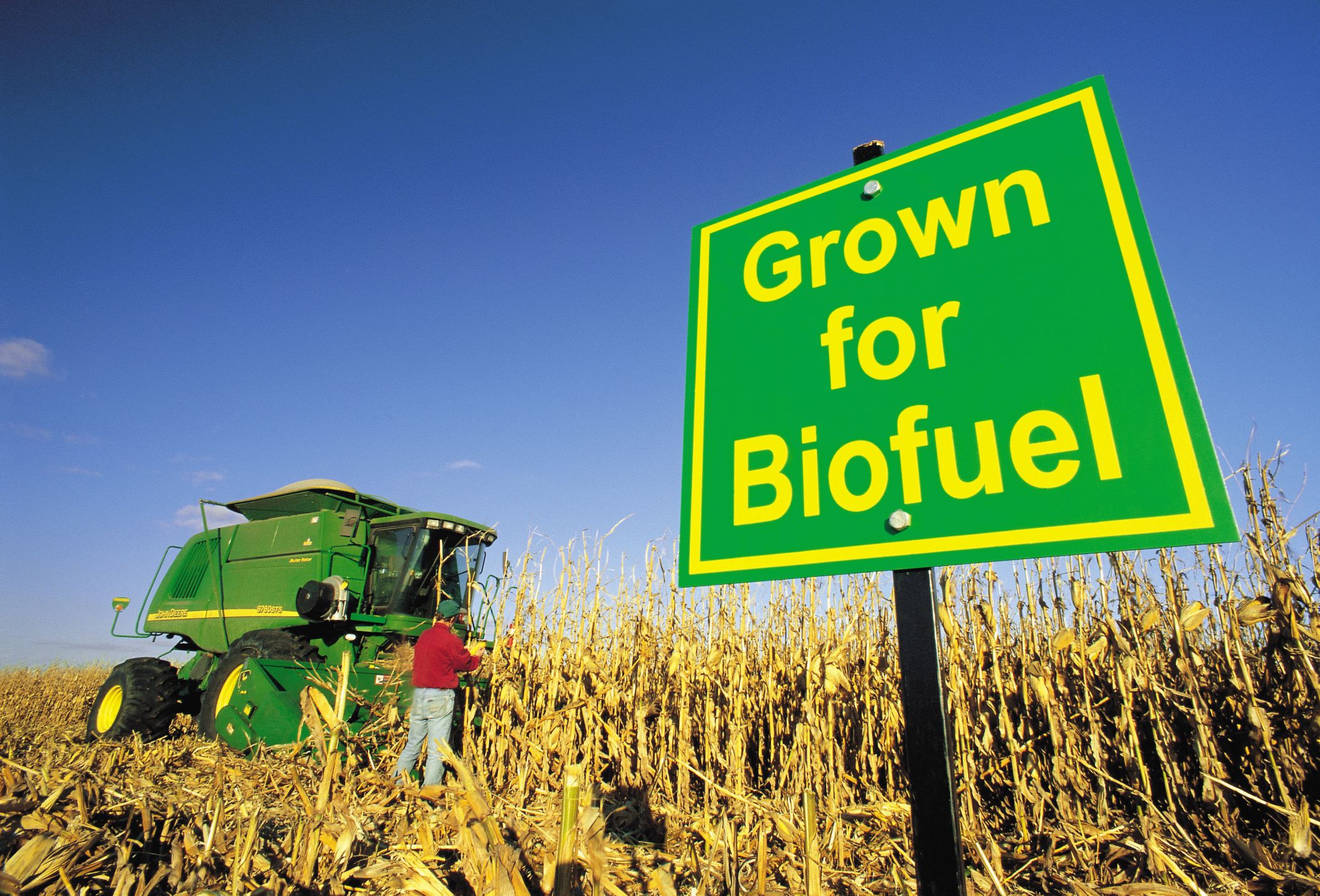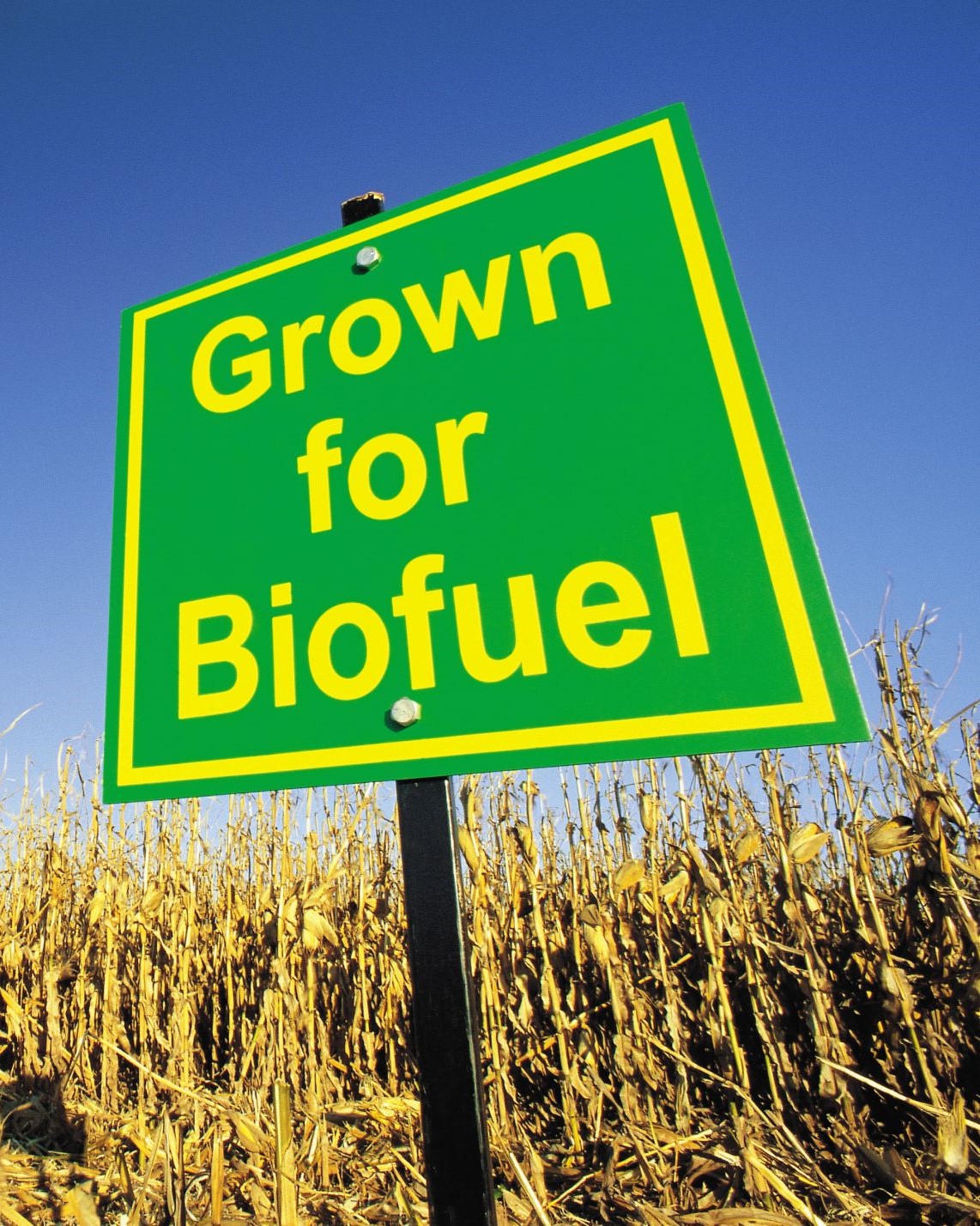What is Ethanol?
Ethanol (C2H5OH) is a renewable, alcohol-based fuel produced through the fermentation and distillation of starch crops or cellulosic biomass. It serves as a cleaner alternative to fossil fuels, contributing to reduced greenhouse gas emissions.
Types of Ethanol Blends
Reference: Africa Practice
Disclaimer: The views and opinions expressed in this article are solely those of the author.
AFRICAN ENERGY SERIES

Ethanol-Compatible Vehicles
Flex-fuel vehicles (FFVs) are specially designed to run on any blend of ethanol up to 85% (E85) and petrol. These vehicles offer flexibility and contribute to the adoption of renewable fuels.
Production Processes
Ethanol Specifications and Standards
Environmental Impact and Fuel Quality
Additional Products from Ethanol Production
Understanding these ethanol terminologies is essential for grasping the potential of ethanol as a renewable fuel. As the industry continues to evolve, both professionals and the public must stay informed about these key concepts to support the transition towards cleaner energy sources.
Author: Olise’ Wakwe
Brand, Media and Communications.
MEMAN






